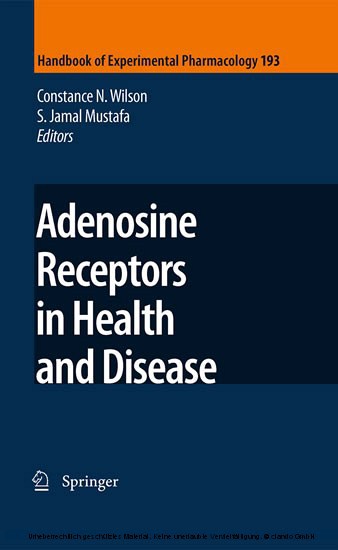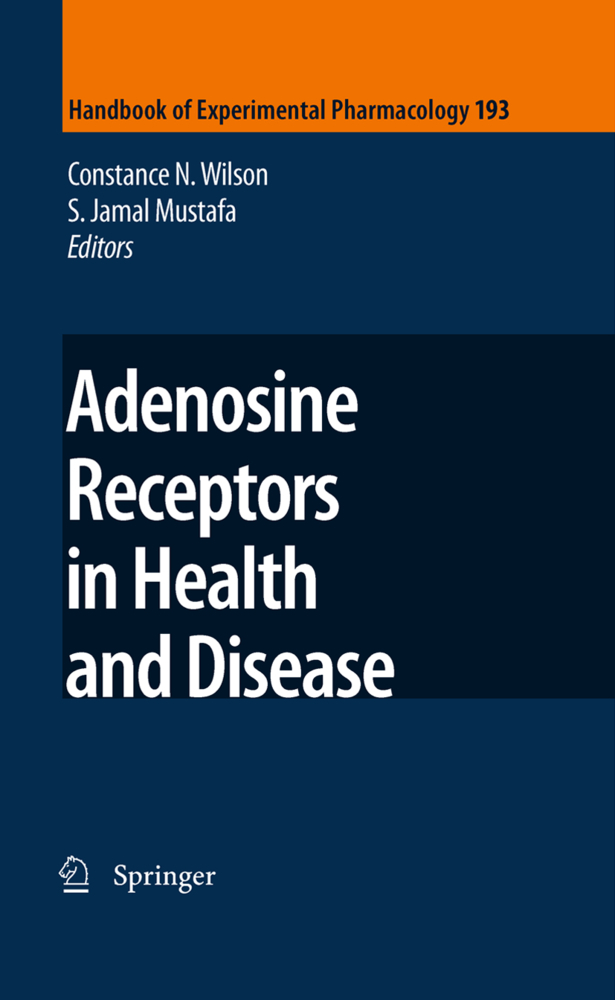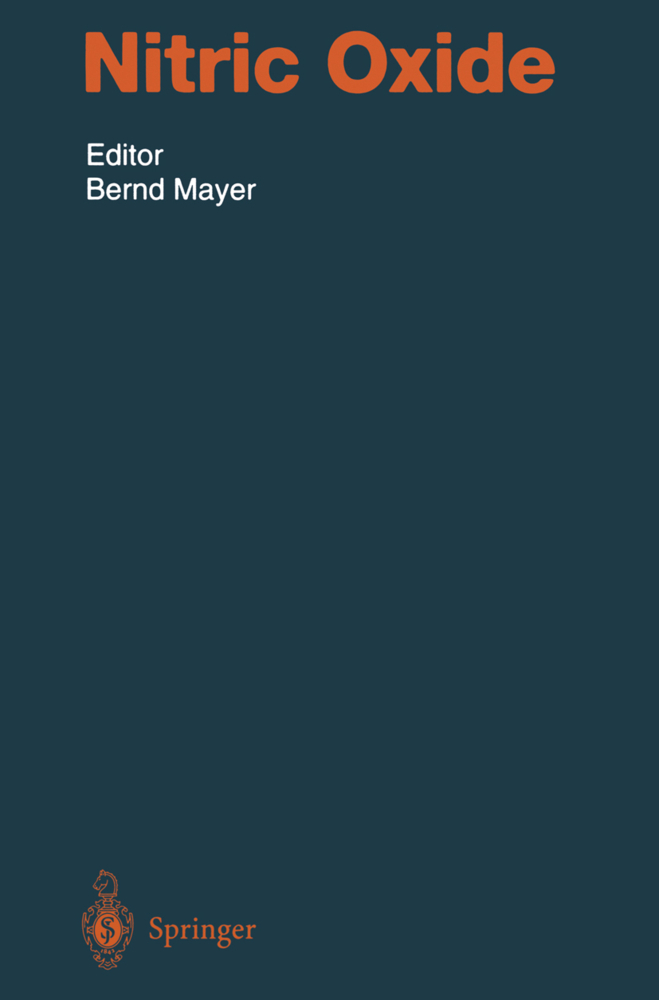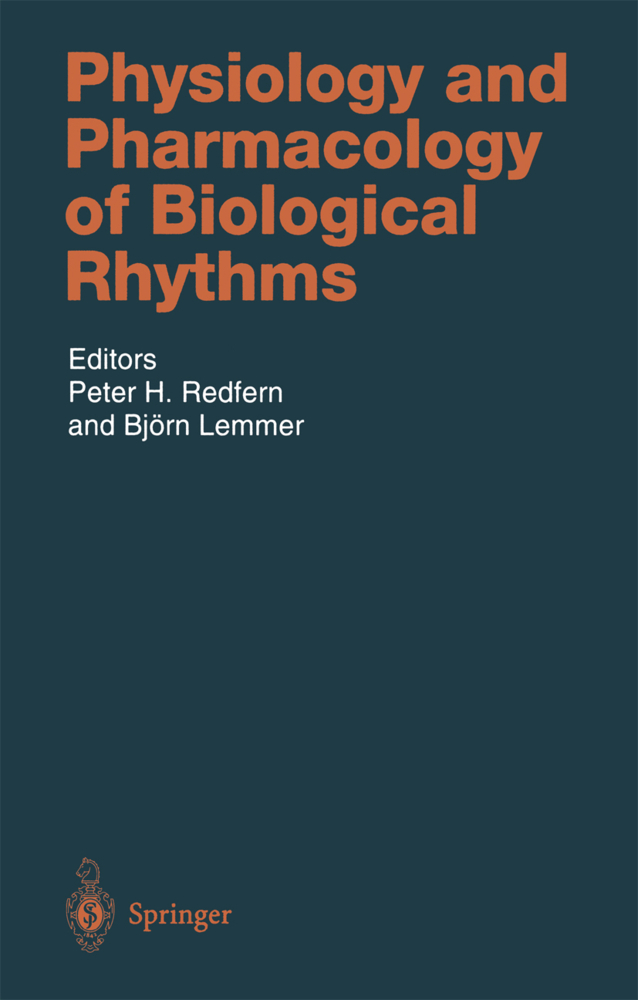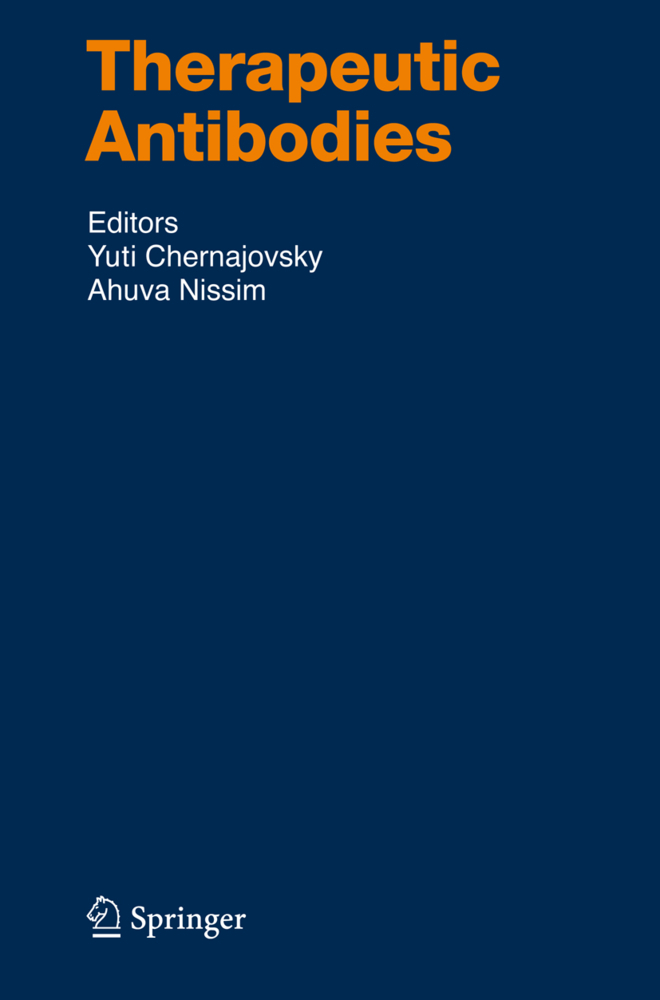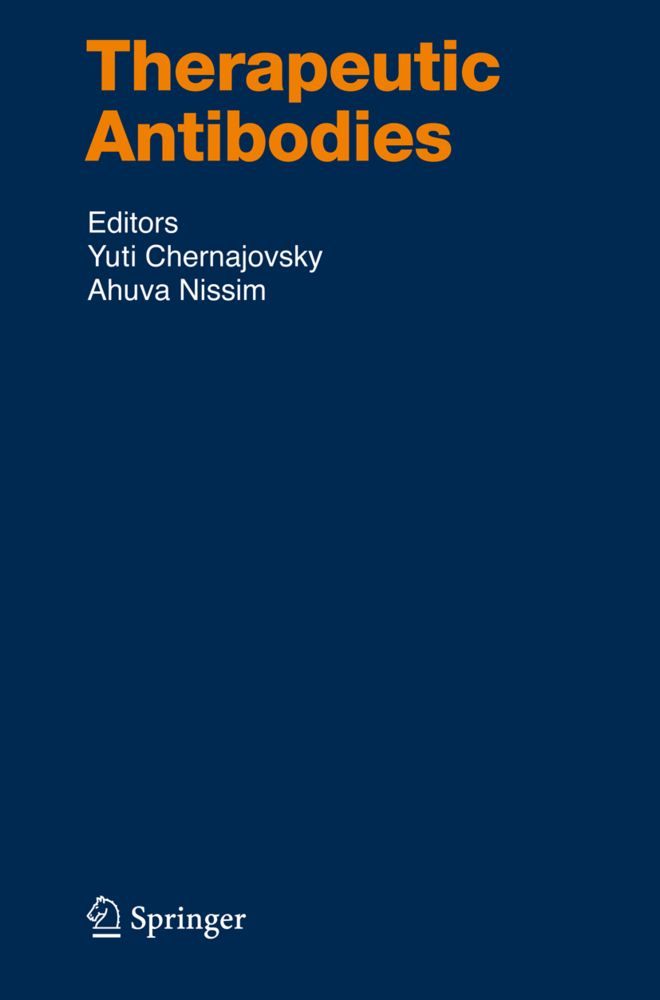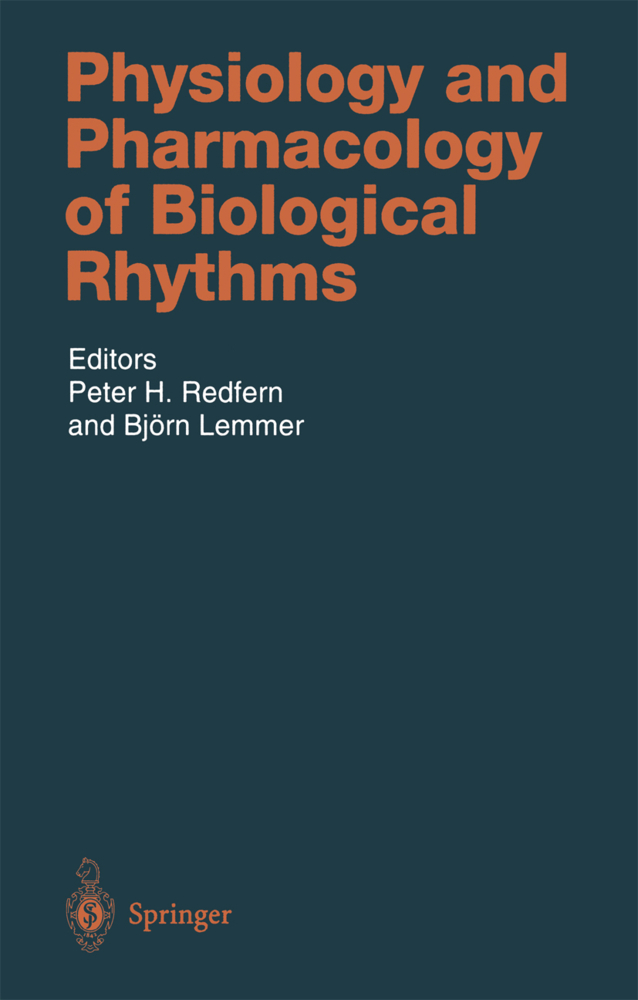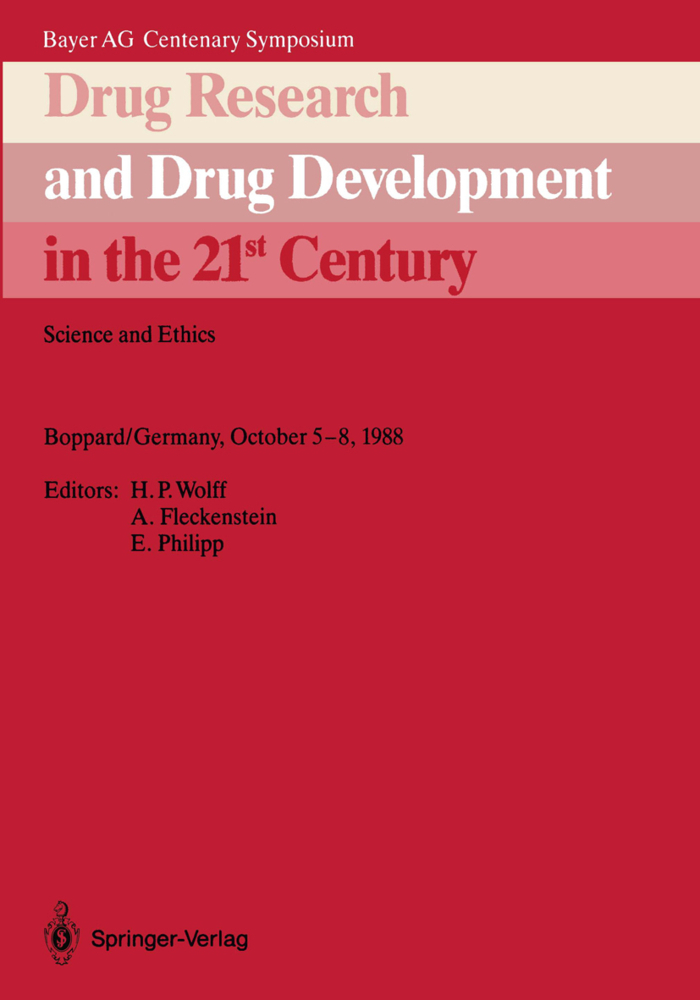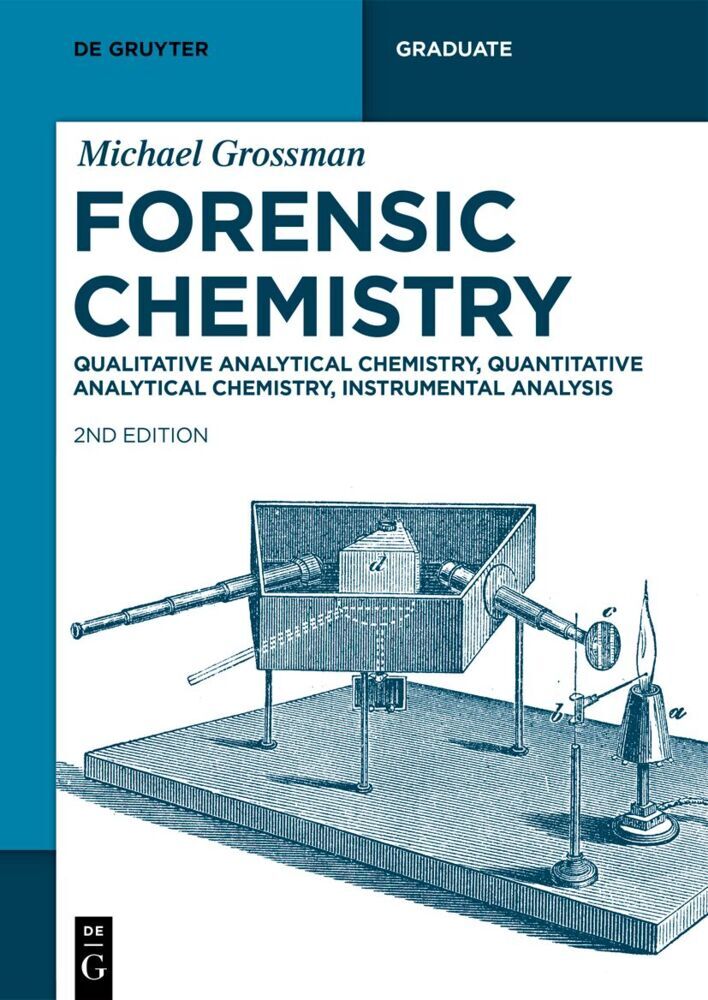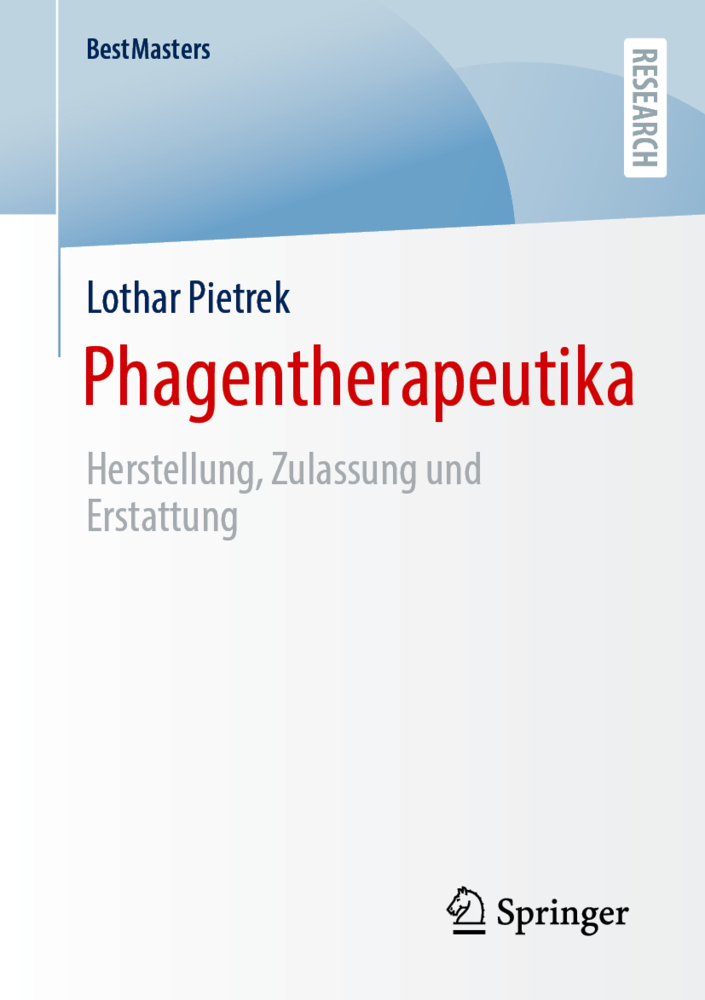Since their discovery approximately 25 years ago, adenosine receptors have now emerged as important novel molecular targets in disease and drug discovery. These proteins play important roles in the entire spectrum of disease from inflammation to immune suppression. Because of their expression on a number of different cell types and in a number of different organ systems they play important roles in specific diseases, including asthma, rheumatoid arthritis, Parkinson's disease, multiple sclerosis, Alzheimer's disease, heart disease, stroke, cancer, sepsis, and obesity. As a result of intense investigations into understanding the molecular structures and pharmacology of these proteins, new molecules have been synthesized that have high specificity for these proteins and are now entering clinical trials. These molecules will define the next new classes of drugs for a number of diseases with unmet medical needs.
1;Introduction to Adenosine Receptors as Therapeutic Targets;14 1.1;1 Introduction;17 1.2;2 Sources and Fate of Extracellular Adenosine;20 1.3;3 Adenosine Receptor Structure;21 1.4;4 Regulation of Adenosine Receptors;23 1.5;5 Adenosine Receptor Agonists and Antagonists in Preclinical and Clinical Trials;23 1.5.1;5.1 Adenosine Receptor Agonists;24 1.5.2;5.2 Adenosine Receptor Antagonists;26 1.5.3;5.3 Radioligands for In Vivo Imaging;29 1.6;6 Allosteric Modulation of Adenosine Receptors;30 1.7;7 Genetic Deletion of Adenosine Receptors;31 1.8;8 Conclusions;31 1.9;References;32 2;A1 Adenosine Receptor Antagonists, Agonists, and Allosteric Enhancers;38 2.1;1 Introduction;41 2.2;2 A1 Adenosine Receptor Antagonists;41 2.2.1;2.1 KW3902;42 2.2.2;2.2 BG9928;50 2.2.3;2.3 SLV320;56 2.3;3 A1 Adenosine Receptor Agonists;58 2.3.1;3.1 Intravenous Antiarrhythmic Agents: Tecadenoson, Selodenoson, Phenylsulfide, Phenylethers, PJ-875;60 2.3.2;3.2 Insulin-Sensitizing Agents: GR79236, ARA, CVT-3619;62 2.3.3;3.3 Angina Agents: Capadenoson (Nonnucleoside: BAY 68--4986);65 2.4;4 Allosteric Enhancers;65 2.4.1;4.1 Neuropathic Pain: T-62;65 2.5;5 Conclusion;66 2.6;References;67 3;Recent Developments in Adenosine A2A Receptor Ligands;72 3.1;1 Adenosine A2A Receptor Agonists;73 3.1.1;1.1 Adenosine;73 3.1.2;1.2 Ribose-Modified Adenosine Derivatives;76 3.1.3;1.3 Purine-Modified Adenosine Derivatives;77 3.1.3.1;1.3.1 2- or N6-Substituted Adenosine Derivatives;78 3.1.4;1.4 Ribose- and Purine-Modified Adenosine Derivatives;80 3.1.4.1;1.4.1 2-Substituted NECA Derivatives;80 3.1.4.2;1.4.2 Ribose- and Purine-Modified NECA Derivatives;83 3.1.5;1.5 Agonist Radioligands;84 3.1.6;1.6 Partial Agonists;84 3.2;2 Adenosine A2A Receptor Antagonists;85 3.2.1;2.1 Xanthine Derivatives;86 3.2.2;2.2 Adenine Derivatives and Related Heterocyclic Compounds;91 3.2.3;2.3 Heterocyclic Compounds Unrelated to Adenine or Xanthine;97 3.2.4;2.4 Antagonist Radioligands;97 3.3;References;99 4;Recent Developments in A2B Adenosine Receptor Ligands;112 4.1;1 Introduction;114 4.2;2 A2B Adenosine Receptor Antagonists;115 4.2.1;2.1 Xanthine-Based Antagonists;115 4.2.2;2.2 Deazaxanthine-Based Antagonists;122 4.2.3;2.3 Adenine-Based Antagonists;124 4.2.4;2.4 2-Aminopyridine-Based Antagonists;125 4.2.5;2.5 Bipyrimidine-Based Antagonists;126 4.2.6;2.6 Pyrimidone-Based Antagonists;127 4.2.7;2.7 Imidazopyridine-Based Antagonists;127 4.2.8;2.8 Pyrazine-Based Antagonists;128 4.2.9;2.9 Pyrazolo-Triazolo-Pyrimidine-Based Antagonists;131 4.3;3 Conclusion;132 4.4;References;132 5;Medicinal Chemistry of the A3 Adenosine Receptor: Agonists, Antagonists, and Receptor Engineering;136 5.1;1 Introduction;139 5.2;2 A3AR Agonists;141 5.2.1;2.1 Substitution of the Adenine Moiety of Adenine Nucleosides;145 5.2.1.1;2.1.1 N6 Position;145 5.2.1.2;2.1.2 Adenine 2 Position;147 5.2.2;2.2 Ribose Modifications;148 5.2.2.1;2.2.1 Modification of Ribose Hydroxyl Groups;148 5.2.2.2;2.2.2 Modification of the Pentose Ring;149 5.2.3;2.3 Nonadenine Nucleosides and Nonnucleosides as A3AR Agonists;151 5.2.4;2.4 Further Optimization of A3AR Agonists Using Multiple Modifications;151 5.3;3 A3AR Antagonists;152 5.3.1;3.1 Recent Developments in Nonpurine Heterocycles;154 5.3.1.1;3.1.1 Thiazole and Thiadiazole;154 5.3.1.2;3.1.2 Pyrazoloquinolines;155 5.3.1.3;3.1.3 Triazoloquinoxalines;155 5.3.1.4;3.1.4 Pyrazolo[4,3-e]-1,2,4-triazolo[1,5-c]pyrimidines;156 5.3.1.5;3.1.5 Various Heterocycles;158 5.3.2;3.2 Purine Derivatives;159 5.3.2.1;3.2.1 Adenines;159 5.3.2.2;3.2.2 Triazolopurines;160 5.3.2.3;3.2.3 Tricyclic Xanthines;160 5.3.3;3.3 Nucleoside-Derived A3AR Antagonists;162 5.4;4 Engineering of the A3AR to Avoid Side Effects of Conventional Synthetic Agonists;164 5.5;5 Conclusions;164 5.6;References;165 6;Adenosine Receptors and the Heart: Role in Regulation of Coronary Blood Flow and Cardiac Electrophysiology;173 6.1;1 General Background: The Adenosine Hypothesis;176 6.2;2 Adenosine and Coronary Regulation;177 6.3;3 Endothelium-Dependent and E
Wilson, Constance N.
Mustafa, S. Jamal
| ISBN | 9783540896159 |
|---|---|
| Artikelnummer | 9783540896159 |
| Medientyp | E-Book - PDF |
| Auflage | 2. Aufl. |
| Copyrightjahr | 2009 |
| Verlag | Springer-Verlag |
| Umfang | 652 Seiten |
| Sprache | Englisch |
| Kopierschutz | Digitales Wasserzeichen |

